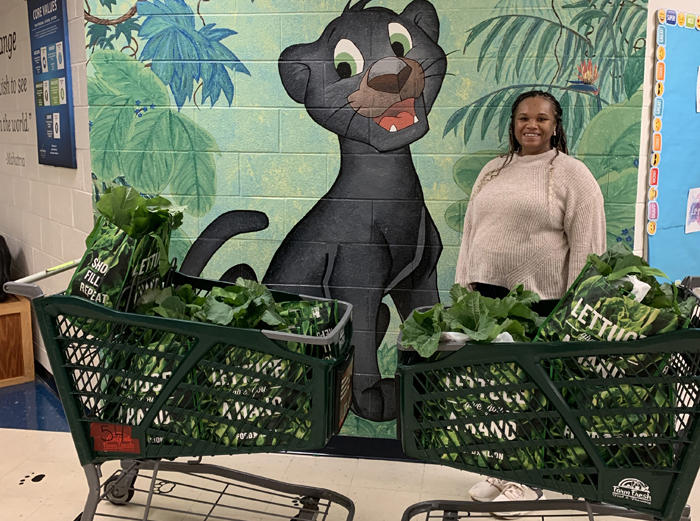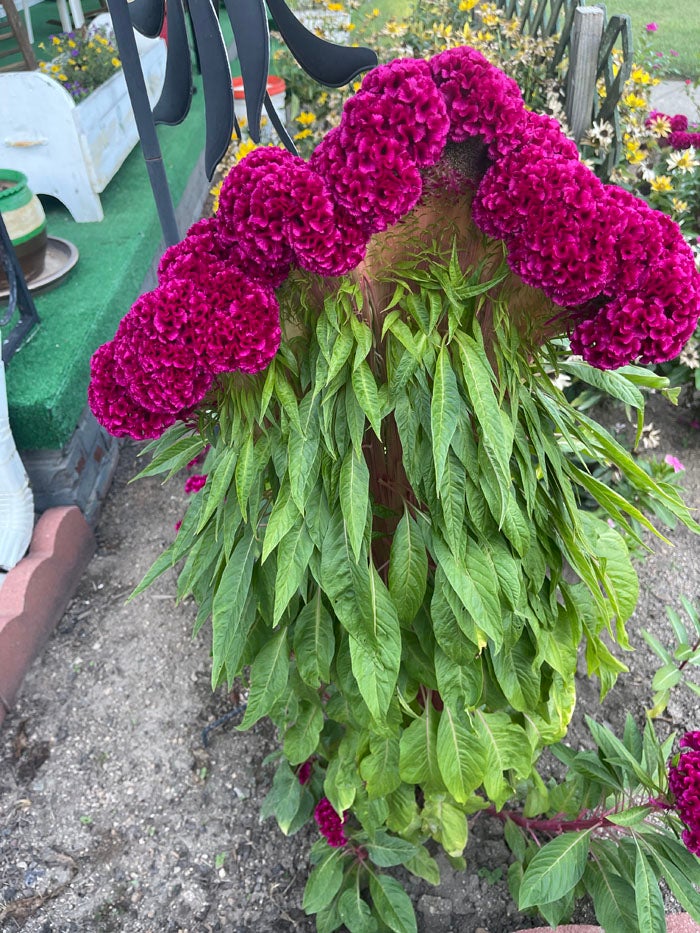Beware invasive species — know the plants you order
Published 12:00 am Friday, January 25, 2013
SALISBURY — Surely one of the joys of January is the arrival of those colorful catalogs offering seeds and plants guaranteed to make our gardens yield splendid flowers and giant vegetables.
Armed with a healthy skepticism born of experience, I began to peruse the latest garden catalog from my mailbox. I noted with approval that it provided the Latin genus and species name for most of the plants, while some catalogs conspicuously left them out. Try to avoid ordering plant materials from companies that do not provide these. These plants may not adapt or worse yet, become an invasive plant.
It’s best to order proven species and their cultivars or better yet, native plants. Many well-meaning gardeners have provided a source for invasives such as English ivy, privets, mimosa and seedling Bradford pears (spread by birds) throughout the county. Kudzu was considered a panacea for erosion control in the 1930s during the Dust Bowl; it’s now a major invasive plant coating entire forests.
What are the problems of invasive species? First, they may take over more of your space than you plan, despite your best efforts to control them. Worse, they may spread to neighboring properties or even distant farms or woodland, their seeds carried by birds. When non-native species crowd out native species, ecological problems can arise. Birds, animals and insects that depend on local, native species for food and habitat can decline if those plants and trees are displaced by invasives. Many endangered species are forced into further decline by invasives.
Invasive species pose the second greatest threat, after fire, to our national forests. You may have seen how the English ivy plant can climb the tallest trees and eventually smother them. Kudzu works even faster, but then people don’t plant kudzu in their yards nowadays, do they?
Few people realize the economic consequences of invasive species. In a 2003 speech, U.S. Forest Service Chief Dale Bosworth noted that invasive plants and animals cost Americans about $138 billion in economic damages and control costs. And that was 10 years ago.
So what can a conscientious gardener do to avoid contributing to the problem of invasive species?
First, know the plants and seeds you order. If a catalog indicates that a plant “cannot be shipped” to certain states, be especially careful — the same dangers that caused those states to restrict the plant may apply to your area. Research plants before you order. The book “Invasive Plants,” by Sylvan Ramsey Kaufman and Wallace Kaufman, is a guide to identification of invasive North American species and provides useful information about methods of control. You may also go online at http://www.invasivespeciesinfo.gov/plants/main.shtml for a listing of invasive plants recognized by the U.S. Department of Agriculture.
Limit your plantings to non-invasive aliens or better yet, native plants. Buy from reputable vendors. Take advantage of your local, knowledgeable nursery and garden shop operators.
Bethany Sinnott is an Extension Master Gardener Volunteer with Cooperative Extension in Rowan County.




